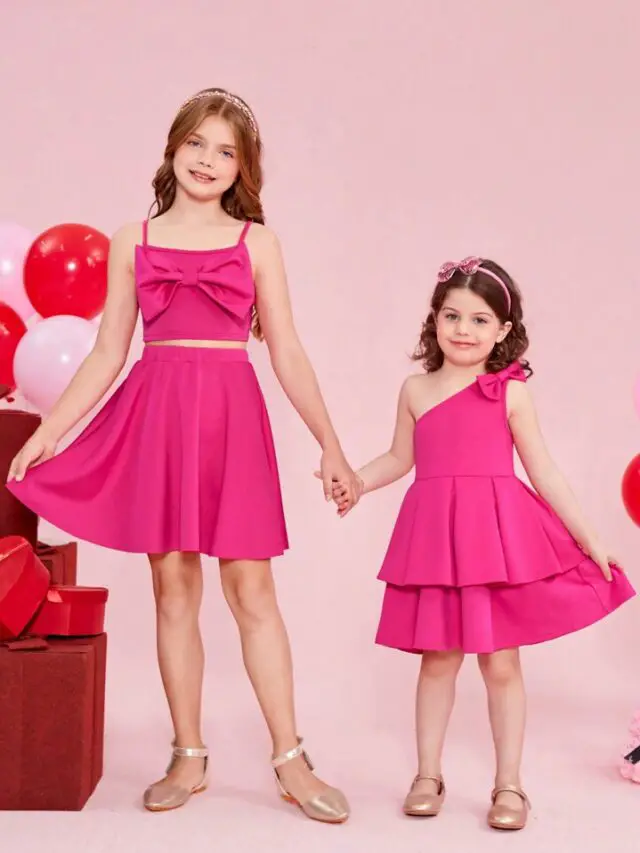Introduction to Feather Tog Ratings
When selecting a bed, the feather tog rating is a crucial factor that offers valuable information about comfort levels. But how much of comfort do they really reflect? Let’s think about this crucial bed selecting factor. Moreover, in an effort to assist customers in finding the ideal level of comfort, indicates the bed’s warmth and insulating qualities. But frequently, their accuracy in expressing genuine comfort prompts concerns and issues.
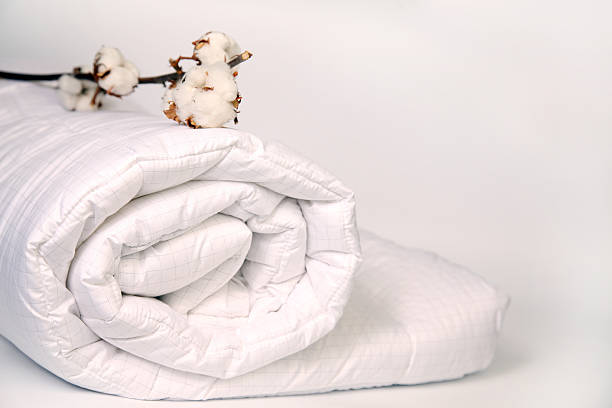
How are Feather Tog Ratings Calculated?
Feather tog ratings are determined through standardized laboratory tests measuring the thermal resistance of bedding materials. These tests involve exposing the material to controlled temperature conditions and assessing its ability to retain heat.
The calculation involves understanding how effectively the bedding traps warm air against the body, providing insulation. Manufacturers conduct these tests in compliance with established industry standards to assign a tog value.
Graph chart representation:
Feather Tog Ratings Calculation Process
|-----------------|
| |
| 5.0 |
| |
| |
|-----------------|
| |
| 4.0 |
| |
| |
|-----------------|
| |
| 3.0 |
| |
| |
|-----------------|
| |
| 2.0 |
| |
| |
|-----------------|
| |
| 1.0 |
| |
| |
|-----------------|
| |
|_________________|
TimeThis visual representation showcases the variation in tog ratings across bedding materials. The vertical axis represents the tog values assigned, while the horizontal axis denotes the duration or time taken for the material to be tested.
Understanding the calculation process helps consumers interpret and make informed decisions based on the assigned tog ratings, ensuring they select bedding that aligns with their comfort needs.
Feather tog ratings must be calculated appropriately and in accordance with established testing procedures. To assess a material’s insulating capacity, laboratories replicate the outside conditions. This evaluation takes into account the bedding’s thermal resistance by examining how well it retains warm air.
The assigned tog value reflects the material’s capacity to retain heat, guiding consumers in selecting bedding suitable for their preferred comfort levels. Manufacturers follow these rigorous testing procedures to ensure accuracy and consistency in tog ratings, providing consumers with reliable information to make informed choices. Understanding this calculation process empowers individuals to interpret and leverage tog ratings effectively while selecting bedding for optimal comfort.
Are Feather Tog Ratings the Sole Indicator of Bedding Comfort?
Feather tog ratings, while valuable, aren’t the exclusive indicator of bedding comfort. They primarily measure a material’s thermal insulation, offering insights into warmth but not accounting for individual comfort preferences.
Comfort remains subjective, influenced by various factors beyond insulation. Personal preferences, such as preferred sleeping temperature, humidity levels, and individual heat regulation, significantly impact perceived comfort. Additionally, the texture, softness, and breathability of bedding play crucial roles in determining overall comfort.
While tog ratings serve as a useful guide, they should be complemented by personal trials and considerations of these additional factors. Engaging in trial periods or understanding the material’s breathability and texture firsthand can provide a more comprehensive assessment of comfort beyond tog ratings.
Consumers benefit from considering tog ratings alongside other aspects like material quality, thread count, and personal comfort trials to make informed decisions aligning with their specific comfort needs. This holistic approach ensures a more accurate assessment and selection of bedding that offers both warmth and desired comfort levels.
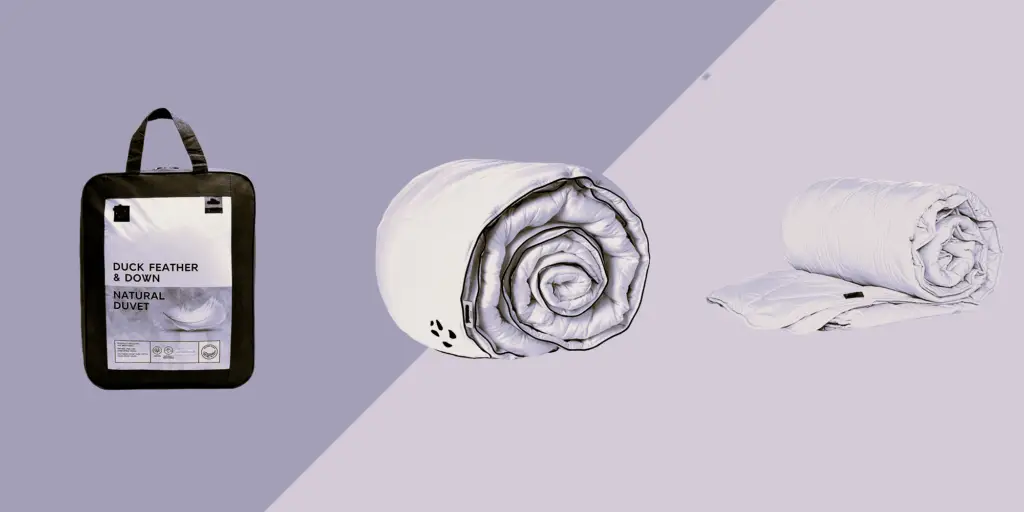
Which types of tog ratings used in bedding?
Various types of tog ratings commonly used in bedding:
| Tog Rating | Description |
|---|---|
| 1.0 | Extremely Light – Ideal for hot climates |
| 2.0 | Very Light – Suitable for warmer seasons |
| 3.0 | Light – Comfortable in mild to cool weather |
| 4.0 | Medium – Versatile for changing temperatures |
| 6.0 | Medium to Warm – Comfortable in cooler nights |
| 7.0 | Warm – Suitable for colder weather |
| 9.0 | Very Warm – Ideal for cold winters |
| 10.5 | Extra Warm – Best for exceptionally cold climates (Click here for more verities) |
Tog Ratings encompass a range of options to suit diverse climate conditions and individual preferences. A change in classification allows consumers to fine-tune their bedding selection to specific weather needs or personal comfort needs. For example, a tog rating of 3.0 may be sufficient for milder climates, while a rating of 9.0 provides excellent warmth in cold weather. These ratings serve as a comprehensive guide, offering an array of choices to ensure everyone can find a bed that perfectly matches their preferred comfort and warmth levels year-round be compatible.
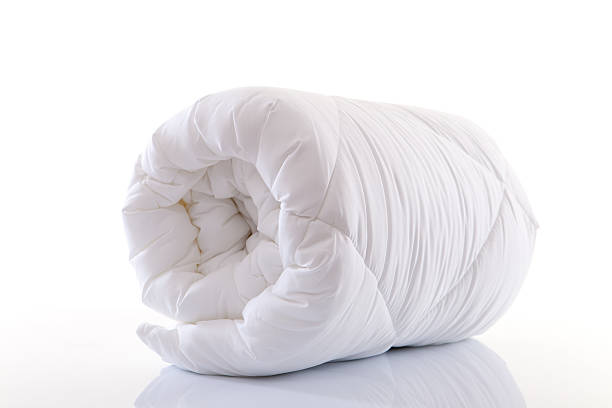
Are Feather Tog Ratings affects Jackets warmth?
Feather tog ratings primarily assess the thermal insulation of bedding materials, providing guidance on their warmth capabilities. However, their direct correlation to jacket warmth might not directly apply.
Jacket warmth depends on various factors beyond tog ratings. While feathers and down contribute to insulation, other jacket components, such as outer fabric, lining, and construction, significantly influence warmth. The design, thickness, and distribution of the filling material also impact a jacket’s insulation properties.
Tog ratings for bedding might not precisely reflect a jacket’s warmth as they cater to different uses and structures. Manufacturers often use different standards and conduct specific tests to assess the insulation of jackets, considering factors like wind resistance and breathability, not solely captured in tog ratings.
Consumers seeking warmth in jackets should consider insulation types, construction, and intended use alongside tog ratings. Understanding these factors comprehensively helps in selecting jackets that offer the desired warmth and comfort for varying climates and activities.
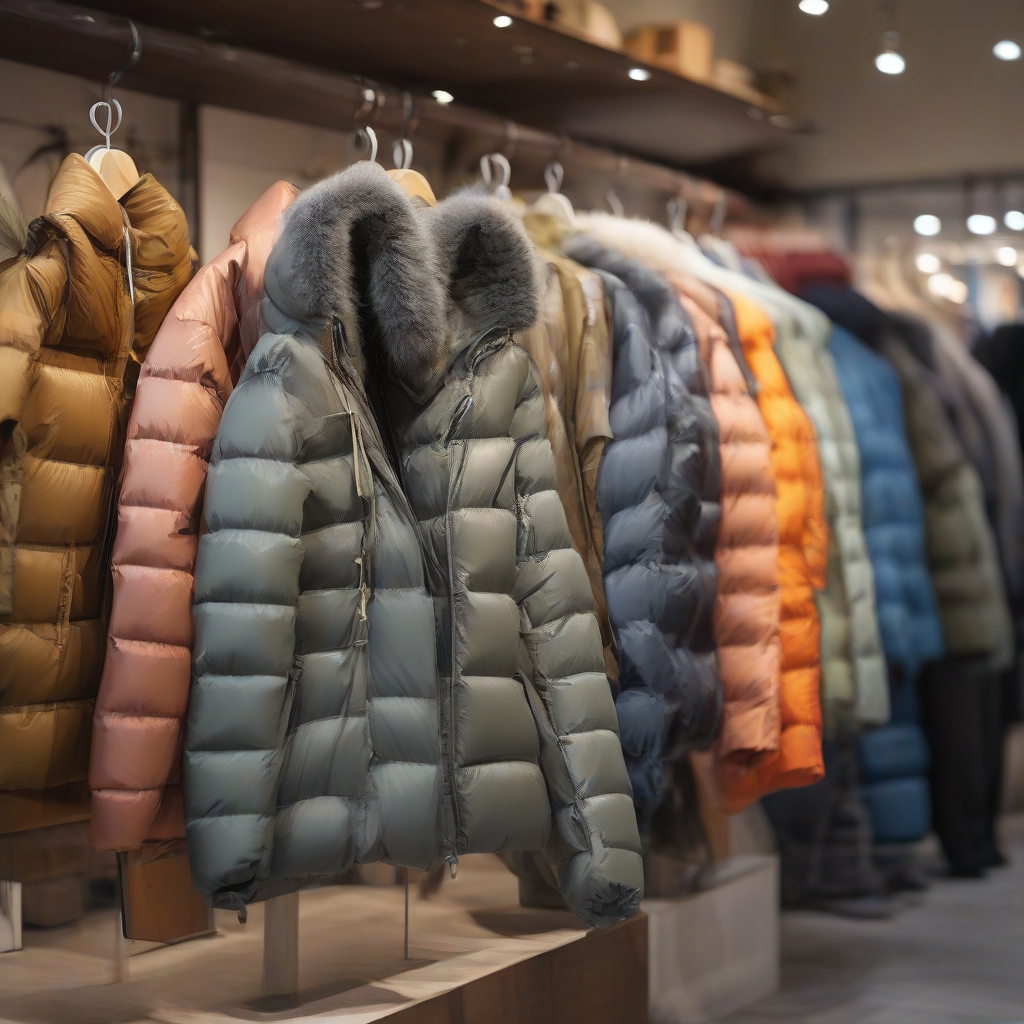
How many types of tog ratings used in jackets?
In jackets, various types of tog ratings aren’t typically utilized as in bedding. Instead, jackets often rely on different measurement standards to indicate their warmth capabilities. Tog ratings, commonly associated with bedding, might not be the sole indicator for jackets due to differences in construction and insulation.
Jackets often employ alternative measures such as grams per square meter (gram) or fill power to convey their insulation levels. Grams per square meter measure the weight of insulation per area, while fill power quantifies the loftiness and quality of down insulation. These measurements provide a clearer understanding of a jacket’s warmth, considering factors like thickness, material, and construction.
Although tog ratings might not directly apply to jackets, understanding alternative measures helps consumers make informed choices. Manufacturers provide details on insulation type, fill power, and fabric technology to guide consumers in selecting jackets suited for specific weather conditions and activities. Exploring these diverse indicators ensures individuals find jackets that align with their warmth needs and preferences.
However, jackets often use alternative measurements to indicate warmth. Here’s an illustrative table indicating these different warmth indicators in jackets:
| Warmth Indicator | Description |
|---|---|
| Fill Power | Measures the loftiness and insulating ability of down insulation in jackets. |
| Grams per Square Meter (gram) | Indicates the weight of insulation material per area, offering insight into warmth. |
| Fabric Technology | Specialized materials and technologies used in jacket construction for warmth. |
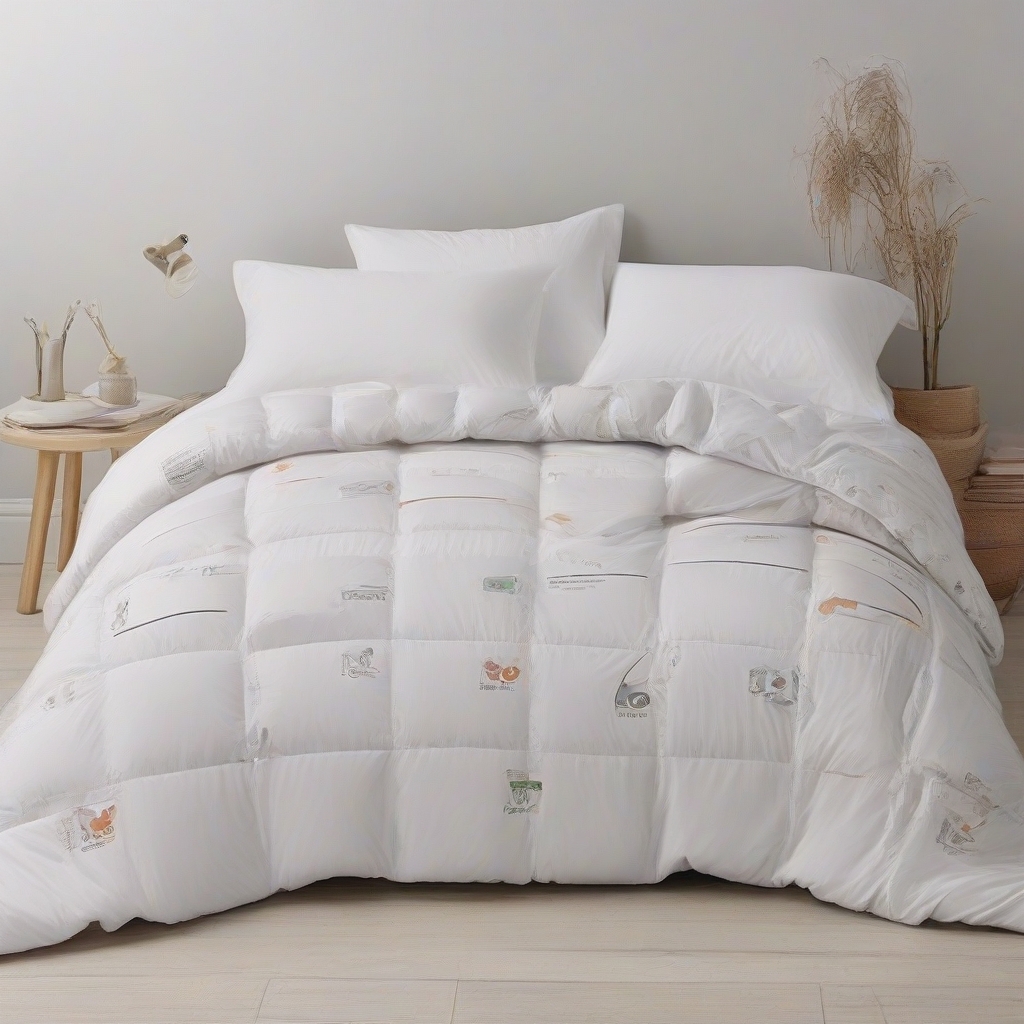
Understanding Tog Ratings
What Do Feather Tog Ratings Measure?
Feather tog ratings quantify a bedding’s thermal insulation, indicating how effectively it retains body heat to provide warmth.
How Are Feather Tog Ratings Determined?
These ratings stem from laboratory tests, evaluating a material’s ability to insulate under specific conditions, influencing its assigned tog value.
Accuracy of Feather Tog Ratings
Factors Influencing Accuracy
While these ratings offer guidance, variations in personal preferences, body heat regulation, and climate factors can affect the perceived comfort.
Real-life Comfort vs. Rated Comfort
Often, the actual comfort experienced may differ from the expected comfort projected by tog ratings, highlighting potential discrepancies.
Importance of Accurate Tog Ratings
Impact on Consumer Decisions
Accurate tog ratings significantly influence consumer decisions, guiding them toward bedding that aligns with their warmth preferences.
Role in Different Climates and Seasons
Tog ratings play a critical role in adapting bedding to diverse climates, although real-life comfort might deviate from the projected insulation.
Challenges and Misconceptions
Common Misunderstandings
Misconceptions about tog ratings often lead to confusion, influencing consumer perceptions and expectations.
Challenges in Establishing Accuracy
Challenges in accurately reflecting individual comfort preferences contribute to the ratings’ varying levels of accuracy.
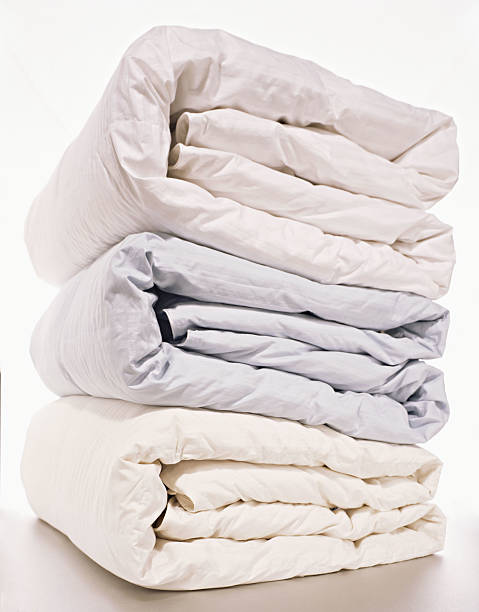
Interpreting Feather Tog Ratings
Guidance for Consumers
Consumers benefit from understanding tog ratings as a guide rather than an absolute measure, allowing room for personal comfort preferences.
Using Tog Ratings Effectively
Combining tog ratings with personal comfort trials can aid in making informed bedding choices that resonate with individual comfort needs.
Summation
The feather-tough classification provides a helpful framework for choosing a mattress but may not consistently reflect true comfort due to individual differences and external factors. While important, these ratings must be combined with personal comfort trials for a perfect match.
FAQs
- Can two bedding items with the same tog rating offer different comfort levels?
- Yes, personal preferences and external factors can influence perceived comfort.
- How accurately do tog ratings account for seasonal temperature changes?
- Tog ratings provide guidance but might not precisely match comfort in varying seasons.
- Are higher tog-rated bedding always warmer and more comfortable?
- Not necessarily, as personal comfort preferences play a crucial role.
- Can individual body heat regulation affect the perceived comfort of bedding?
- Yes, variations in body heat regulation can impact perceived comfort levels.
- How should consumers balance tog ratings with personal comfort preferences?
- It’s advisable to use tog ratings as a starting point and supplement with personal comfort trials for the best match.
